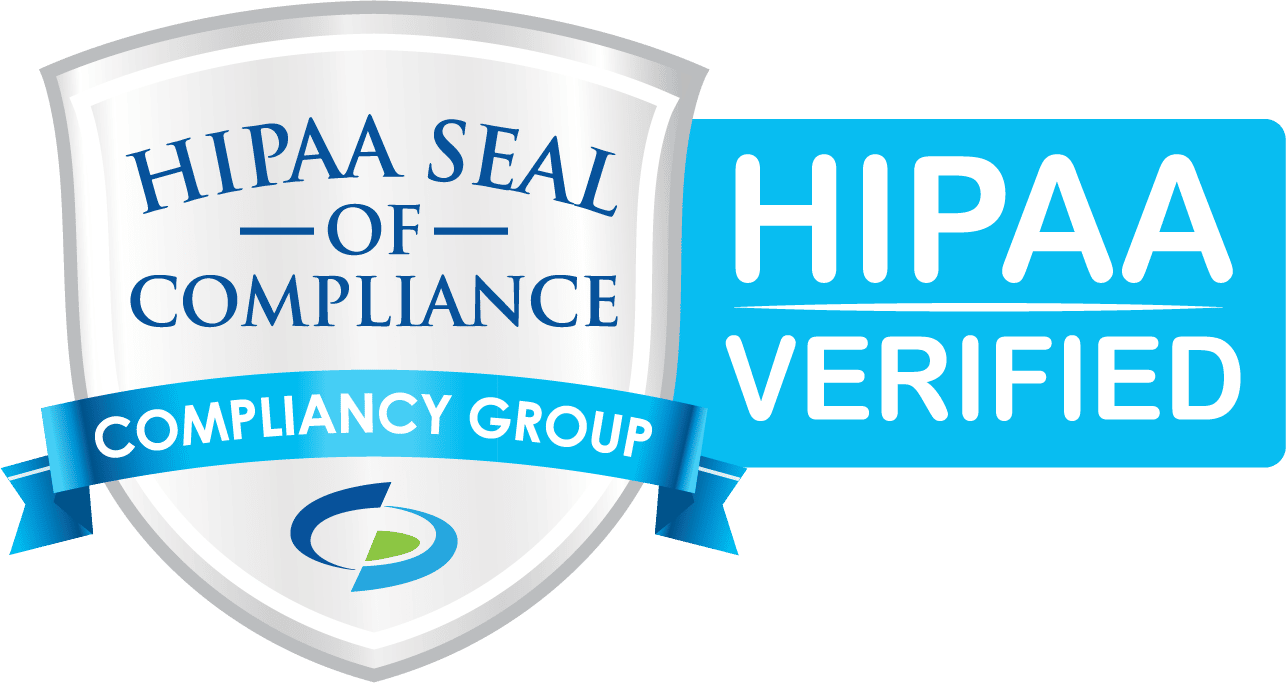In the interest of consolidating information for website visitors, some practices have one page on their website that lists all of their locations. Most of the time, this is all that is needed to differentiate between the two locations in search engines.
However, in some cases, local SEO issues can arise from placing information for multiple locations on the same page.
Sometimes, if your practice has moved to a new location, it can take some time to establish the new location information in search engines. In this case, creating a separate, more detailed page for each office location can help to speed up the process.
How a Unique Location Page Helps Your Local SEO
When you have a separate page for each of your locations, you can link directly to those pages in your Google map listings. This provides more value to the user, as it makes it easier to click through and get more information about the location.
These listings also help to create a signal to search engines they should associate your practice with that location. This will help your website to show up in geographically relevant searches. That can be especially helpful if you have recently opened up a new location in a new city, or if your practice has several locations–your listings can help you establish and get the word out about each location.
It usually takes some time for you to really see the effect of this work in search engines, so its best to work on it as soon as possible so you can start reaping the benefits. If you are having trouble getting your listings verified or getting them to display in search results, its probably a good idea to go ahead and create separate pages for each of your locations.
The key to creating separate location pages is making sure each one has unique content to differentiate between the two places. Lets cover some things you should add to your pages to highlight the features of each location.
What to Include on Your Location Pages
There may be some overlap in the information on each location page, but you should try to include as much unique information about each location as possible. Of course, that starts with the address and phone number for each location. Beyond that, consider adding these elements to your location pages.
- Photos of the location – Adding photos of the outside of each location will give new patients an idea of what to look for if they have never been to your office. If you have a standalone location, try to get a photo of the whole building. If you are located inside a medical building, a shot of the building would be helpful, but you should also add a photo of your office door. You might even consider adding photos of the inside of your offices to give patients an idea of what they can expect.
- A link to your Google map – Many people rely on GPS systems for driving directions, so having the map readily available is definitely a plus.
- Written directions – Many of local patients will be familiar enough with the area that they may feel comfortable finding your office without a GPS, but it helps to provide some written instructions too. You dont need to include written instructions for each possible route to your office, but you should consider directions from any nearby highways or main roads. Include nearby landmarks that would be easily recognizable, such as restaurants or stores.
- Hours of operation – Its common for separate locations to have different hours of operation, so make sure you include hours for each location on their respective pages.
- Onsite services – Some practices offer different services at each location. For example, you may have one location that you use for outpatient procedures, and another location that you use for more routine examinations. This isnt true for every practice, but if it is true of your practice, its something that youll want to highlight on your location pages as a way to differentiate the two offices.
Once you have each unique page set up, you can then add a link to each location page from its corresponding listing, rather than just linking to your homepage. This should help you sort out local SEO issues and make sure all of your locations are accurately represented online.
For help on troubleshooting your local SEO issues, see our article How to Solve Local SEO Problems.
P3 Practice Marketing has helped orthopedic, spine, and neurosurgery practices market themselves online since 1998. Our focus is on helping practices expand their reach through increased patient recommendations and provider referrals.



